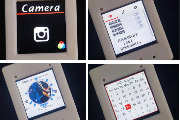

项目是Kevincoooool参加某个大赛开源的项目,原理图和代码开源。希望大家遵守开源协议,勿做商用或者售卖。
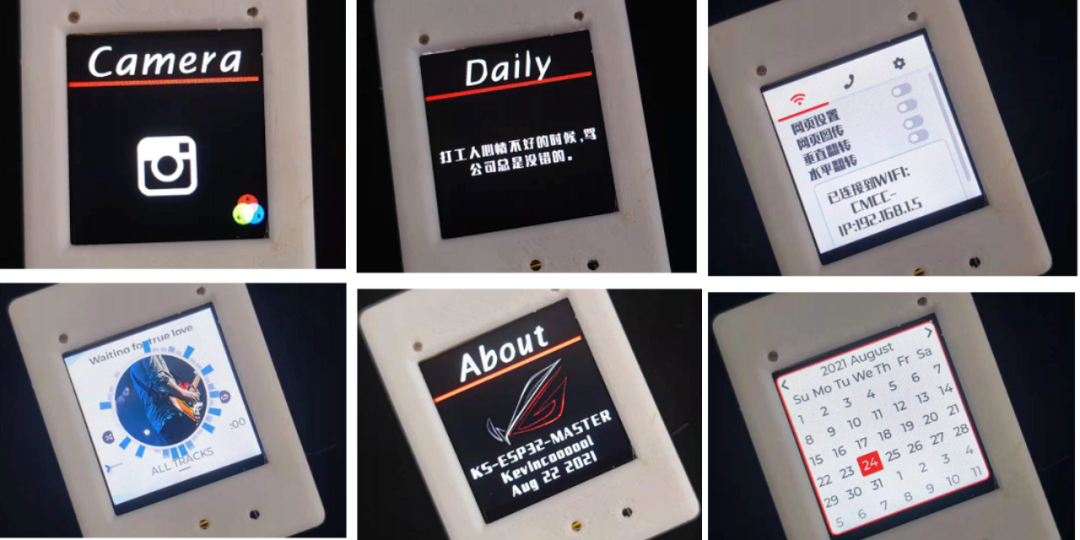
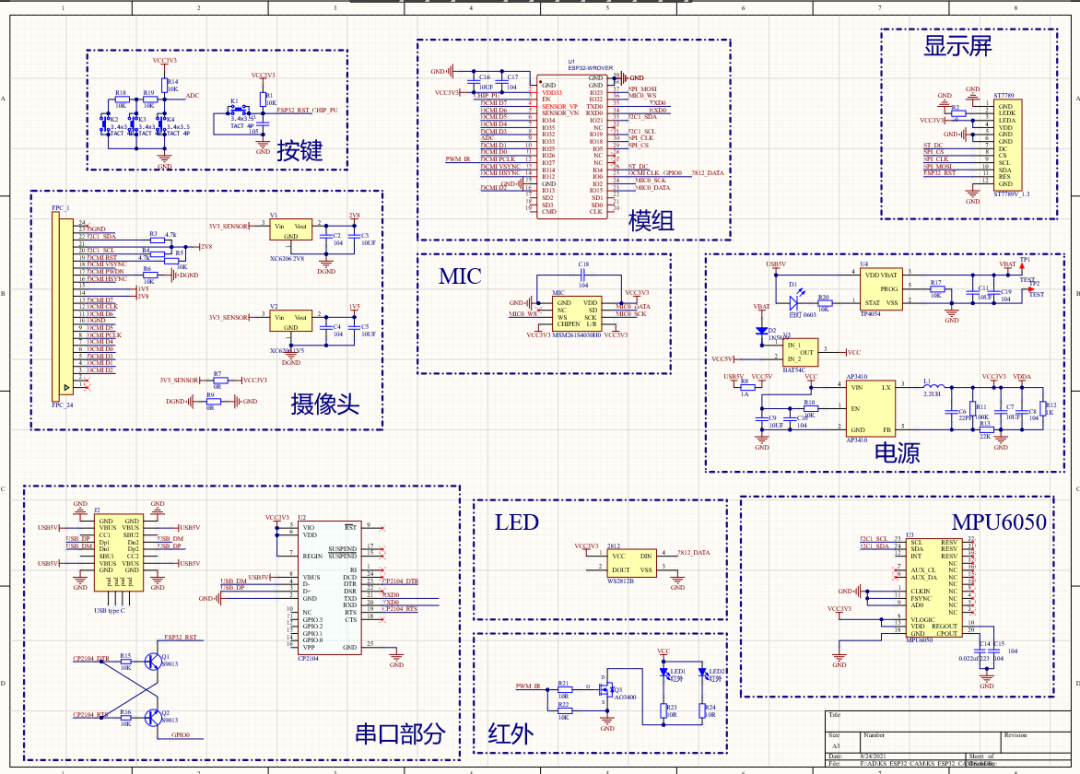
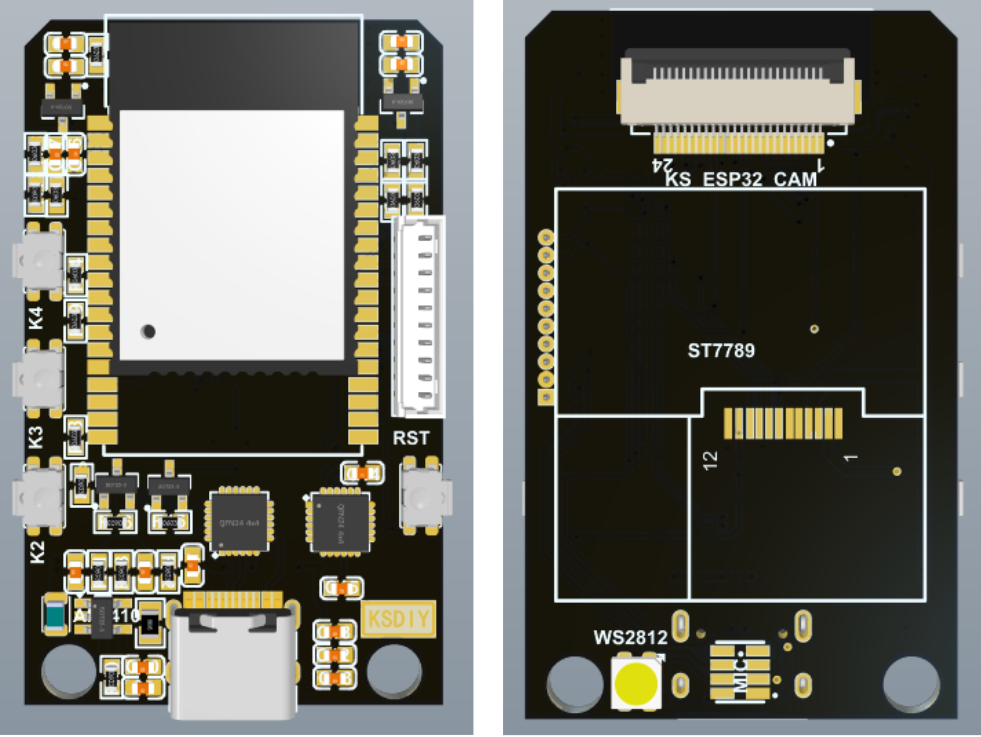
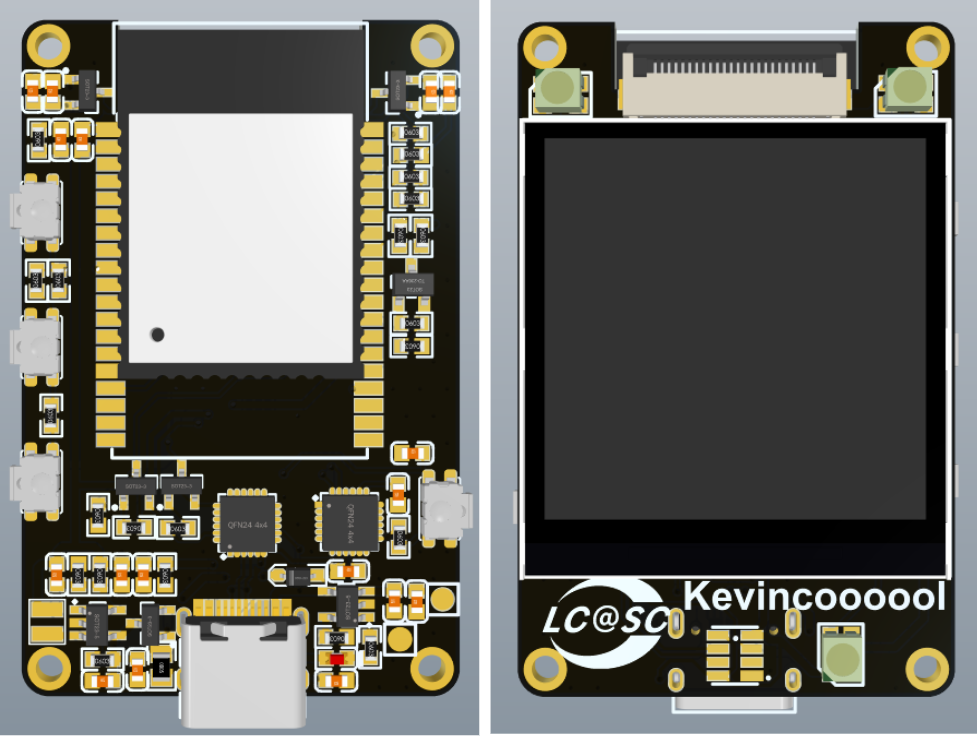
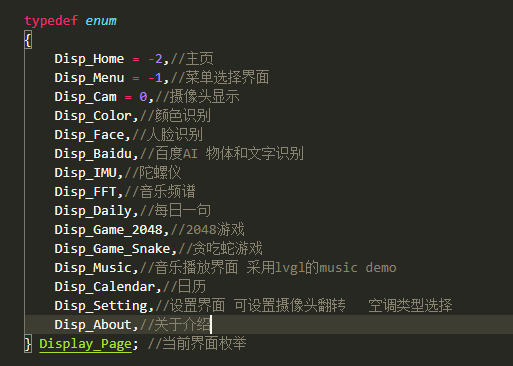
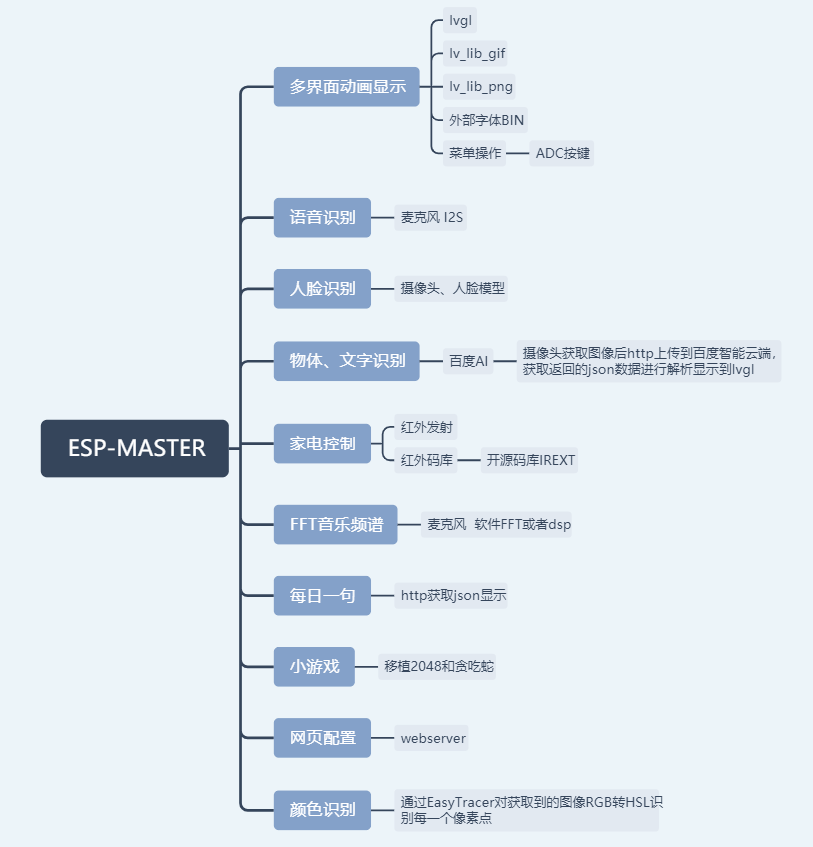
#include "lvgl.h"
#include "stdio.h"
#include
#include
#include "esp_system.h"
#include "esp_vfs.h"
#include "esp_spiffs.h"
typedef struct
{
uint16_t min;
uint16_t max;
uint8_t bpp;
uint8_t reserved[3];
} x_header_t;
typedef struct
{
uint32_t pos;
} x_table_t;
typedef struct
{
uint8_t adv_w;
uint8_t box_w;
uint8_t box_h;
int8_t ofs_x;
int8_t ofs_y;
uint8_t r;
} glyph_dsc_t;
static x_header_t __g_xbf_hd = {
.min = 0x0020,
.max = 0xff1a,
.bpp = 4,
};
char *Font_buff = NULL;
// static uint8_t __g_font_buf[240]; //如bin文件存在SPI FLASH可使用此buff
static void init_font(void)
{
FILE *ff = fopen("/spiffs/myFont.bin", "r");
if (ff == NULL)
{
printf("Failed to open file for reading");
return;
}
fseek(ff, 0, SEEK_END);
long lSize = ftell(ff);
rewind(ff);
printf("Lsize %ld", lSize);
static uint8_t first_in = 1;
if (first_in == 1)
{
first_in = 0;
Font_buff = (char *)malloc(sizeof(char) * lSize);
}
int br = fread(Font_buff, 1, lSize, ff);
printf("Bytes read %d", br);
fclose(ff);
}
static uint8_t *__user_font_getdata(int offset, int size)
{
//如字模保存在SPI FLASH, SPIFLASH_Read(__g_font_buf,offset,size);
//如字模已加载到SDRAM,直接返回偏移地址即可如:return (uint8_t*)(sdram_fontddr+offset);
static uint8_t first_in = 1;
if (first_in == 1)//第一次进入的时候初始化外部字体
{
first_in = 0;
init_font();
}
return (uint8_t*)(Font_buff+offset);
// return __g_font_buf;
}
static const uint8_t *__user_font_get_bitmap(const lv_font_t *font, uint32_t unicode_letter)
{
if (unicode_letter > __g_xbf_hd.max || unicode_letter < __g_xbf_hd.min)
{
return NULL;
}
uint32_t unicode_offset = sizeof(x_header_t) + (unicode_letter - __g_xbf_hd.min) * 4;
uint32_t *p_pos = (uint32_t *)__user_font_getdata(unicode_offset, 4);
if (p_pos[0] != 0)
{
uint32_t pos = p_pos[0];
glyph_dsc_t *gdsc = (glyph_dsc_t *)__user_font_getdata(pos, sizeof(glyph_dsc_t));
return __user_font_getdata(pos + sizeof(glyph_dsc_t), gdsc->box_w * gdsc->box_h * __g_xbf_hd.bpp / 8);
}
return NULL;
}
static bool __user_font_get_glyph_dsc(const lv_font_t *font, lv_font_glyph_dsc_t *dsc_out, uint32_t unicode_letter, uint32_t unicode_letter_next)
{
if (unicode_letter > __g_xbf_hd.max || unicode_letter < __g_xbf_hd.min)
{
return NULL;
}
uint32_t unicode_offset = sizeof(x_header_t) + (unicode_letter - __g_xbf_hd.min) * 4;
uint32_t *p_pos = (uint32_t *)__user_font_getdata(unicode_offset, 4);
if (p_pos[0] != 0)
{
glyph_dsc_t *gdsc = (glyph_dsc_t *)__user_font_getdata(p_pos[0], sizeof(glyph_dsc_t));
dsc_out->adv_w = gdsc->adv_w;
dsc_out->box_h = gdsc->box_h;
dsc_out->box_w = gdsc->box_w;
dsc_out->ofs_x = gdsc->ofs_x;
dsc_out->ofs_y = gdsc->ofs_y;
dsc_out->bpp = __g_xbf_hd.bpp;
return true;
}
return false;
}
//AliHYAiHei-Beta,,-1
//字模高度:24
//XBF字体,外部bin文件
lv_font_t myFont = {
.get_glyph_bitmap = __user_font_get_bitmap,
.get_glyph_dsc = __user_font_get_glyph_dsc,
.line_height = 24,
.base_line = 0,
};
LV_FONT_DECLARE(myFont);
lv_obj_t *label = lv_label_create(obj, NULL);
lv_obj_set_style_local_text_font(label, LV_LABEL_PART_MAIN, LV_STATE_DEFAULT, &myFont);
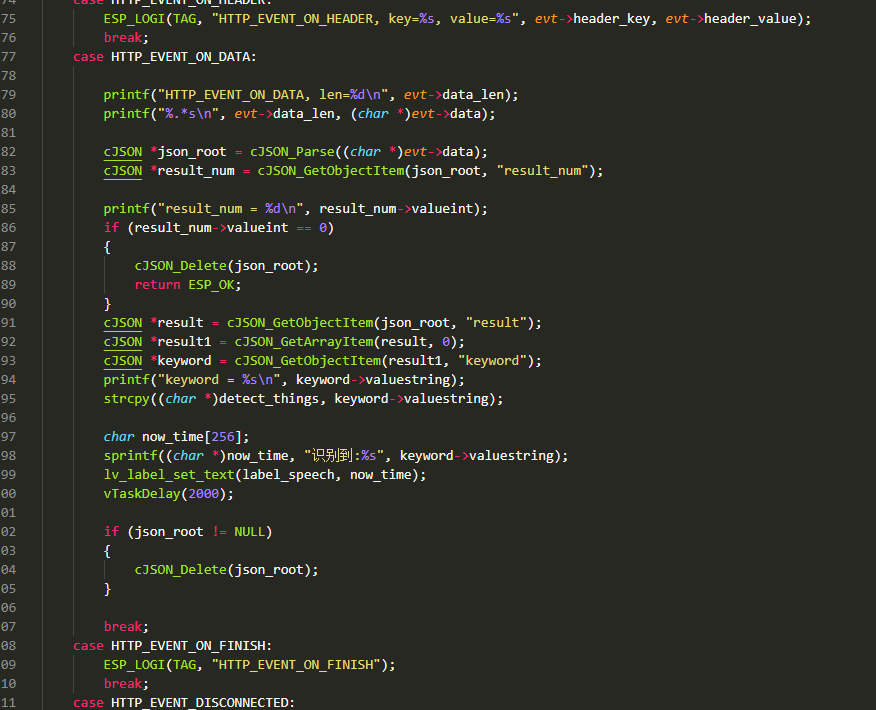
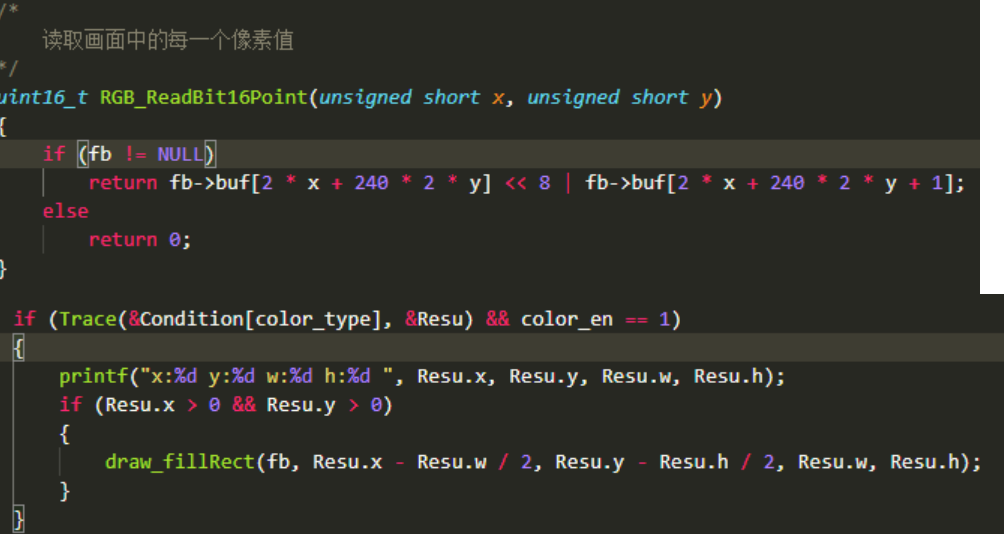
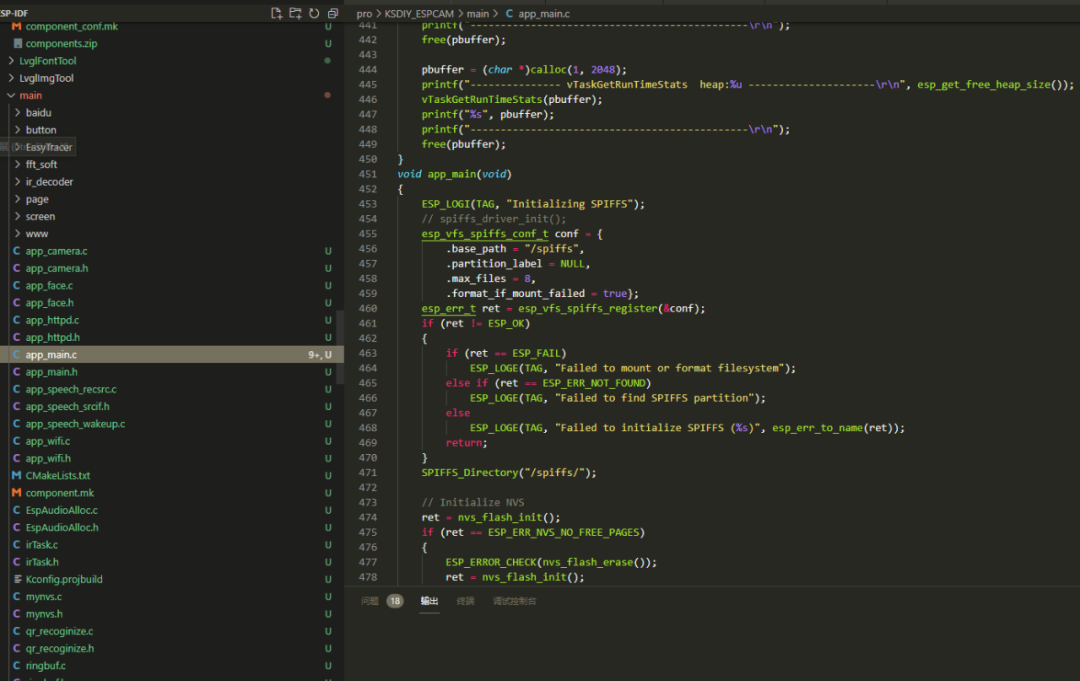
本讲主要介绍VSCode Arduino开发环境的搭建,及与Arduino IDE开发环境的比较。
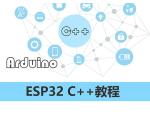
本文主要讲解WebServer库如何来处理表单请求。
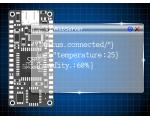
WebServer是非常常用的一个功能,在设备上使用该功能可以直接通过浏览器访问和操作设备。
Arduino-ESP32与ESP-IDF的版本对应表。
Arduino-ESP32提供了多种文件系统解决方案,本文将深入解析SPIFFS、LittleFS和SD卡三种主流存储方案,帮助你做出最佳选择。
ESP32-P4-WIFI6-DEV-KIT是一款微雪(Waveshare)设计的基于 ESP32-P4 的多媒体开发板,并集成 ESP32-C6,支持 Wi-Fi 6 和 BLE 5 无线连接。它提供丰富的人机交互接口,包括 MIPI-CSI (集成图像信号处理器 ISP)、MIPI-DSI、SPI、I2S、I2C、LED PWM、MCPWM、RMT、ADC、UART 和 TWAI 等。
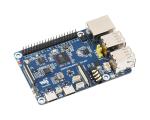
ESP-Hosted 解决方案提供了将 ESP 板用作 Wi-Fi 和 Bluetooth/BLE 连接的通信处理器的方法。
ESP-Hosted 提供了一种将ESP芯片和模组用作通信协处理器的解决方案,该解决方案为主机微处理器或微控制器提供无线连接,使主机能够与其他设备通信。简单来说为网卡方案。
Arduino+ESP32上使用TFT_eSPI库快速点亮这个屏幕,驱动芯片ST7789